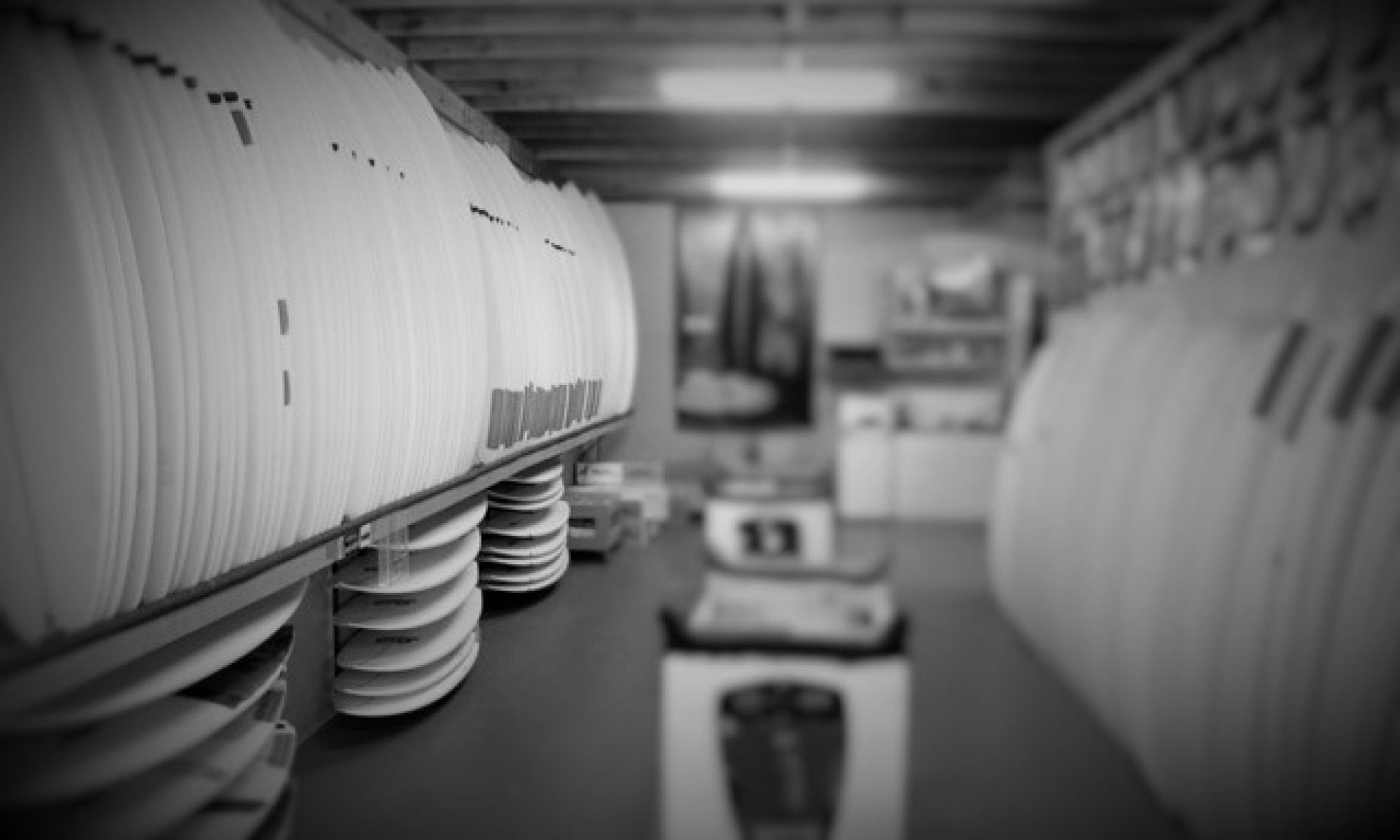Well, in short, life has taken it's toll on my surfboard design and construction journey. For those of you who don't already know, my wife was diagnosed with Breast Cancer early last year, and well, as you can imagine that threw our life into a bit of chaos. My available free time was swallowed up while I juggled work around the medial appointments. And, being a typical bloke, I bottled up heaps of emotion and well, that too took it's toll on my health. Having been through that last year, and my wife now finished Chemotherapy life is starting to get a little bit back to normal. Although, having said that, we've decided to repaint the house ... it's amazing how you want to do things when you're ill, but can't, so now we're both onto a path of better health, we really want to fix up the house. So, that's going to now suck time away from my surfboard journey.
But, I have a plan. I'm going to outsource the glassing and concentrate on design for the near to medium term. That means, I only need to find the time to fit in some design work on the computer, a bit of work in the shed to finish off the blank, printing out some decals, and then some time around my working week to drop off and collect the board, and well, that's all ... well, except go surfing.
So, with this new plan, I have created a new design. I've been wanting a shorter board for the beach breaks, and figured something around 6'2" would be about right for me. Since my surfing time has taken a beating over the last 12 months, and then again recently with a neck injury (yep, just as I was getting my paddle and surf fitness back I hit the bottom and popped the disc at C5/C6) I have a compounded problem to overcome with the design process; I'm both heavier and less fit.
So, what to do? Well, first, more volume, so I've gone up from 30 litres to 33 litres. Then, I've tweaked the design with a slighter reduced concave (bees dick stuff like 1/16th of an inch) but that was in conjunction with a slighter flatter rocker, that corresponds with the shorter board. I've gone slightly wider too, from around 19 1/4 to now 19 5/8. So, the final version is 6'2" x 19 5/8 x 2 5/8 for a final volume of 33.7 litres. Yes, I know, that's almost 34 litres ... I'm allowing for the extra weight of a steamer, OK?
The other thing I have tweaked is the rail profile, so it's a little more forgiving. Bit more boxy I guess, but still the same overall profile.
Plan is a thruster, but thinking a couple of extra plugs for a quad option might end up in it too. Centre fin will be at 3 5/16, Sides at 11 with 1/4" toe and 7 degree cant (well close to it, I have a template jig that is now my magic cant angle).
So, there ya go, I'm back and with that, this one is going to be affectionately know as "The Hiatus" ... thinking I'll use this for a decal:
PS: The FUP is still not finished. It has fin plugs installed and well, it stalled there 🙁



























